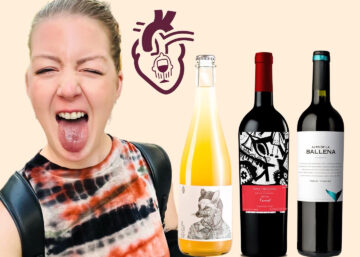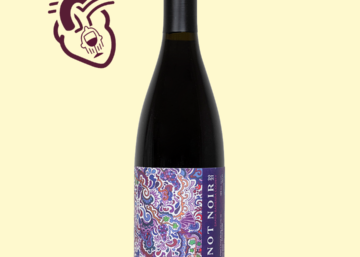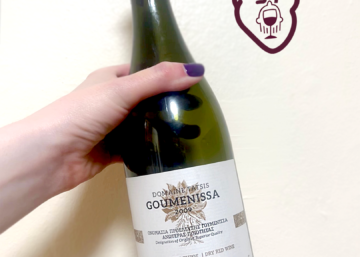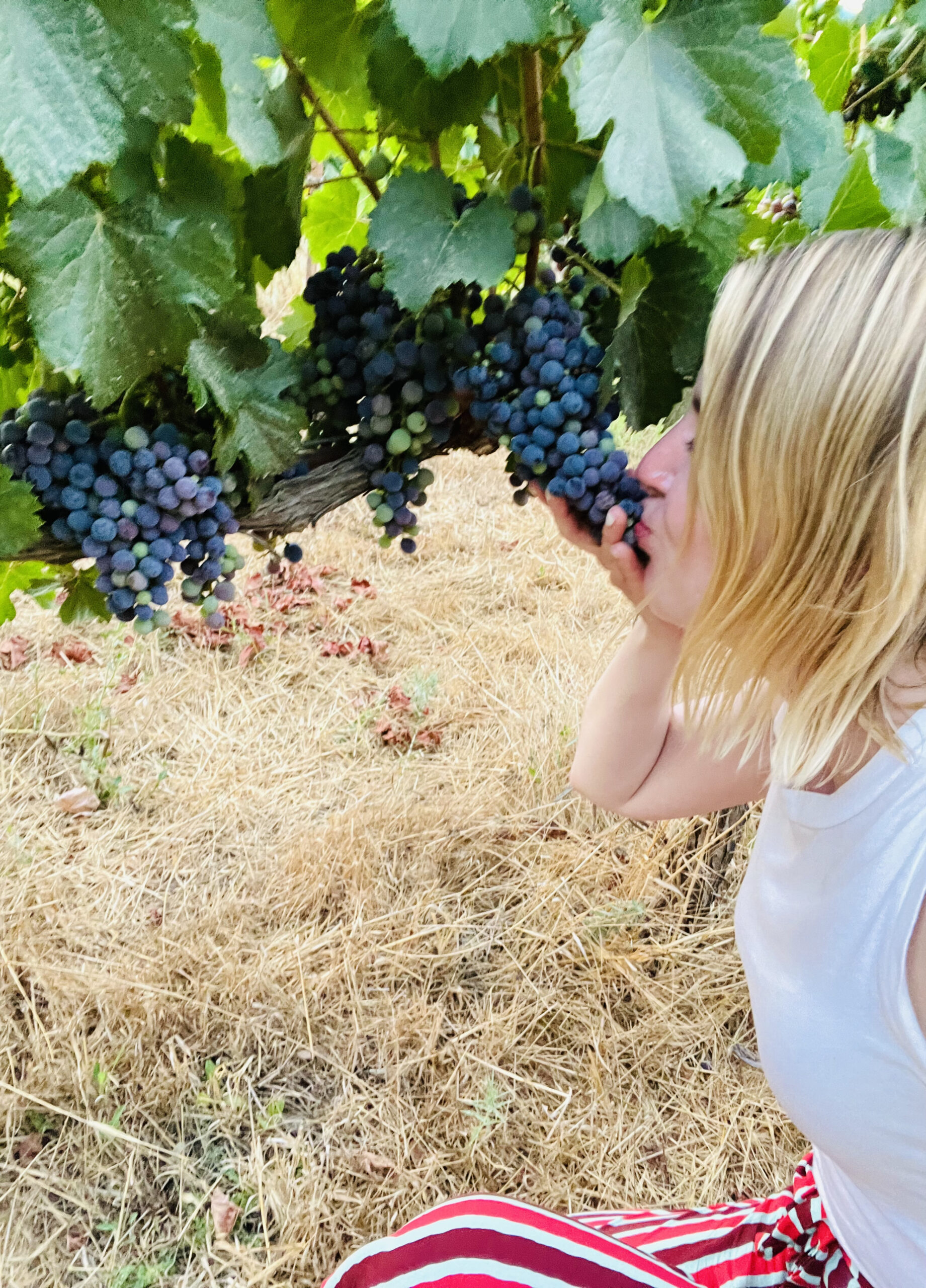The sweetness you feel in any wine, sparkling or still, is a result of sugar that didn’t fully convert to alcohol during fermentation or sugar added post-fermentation. In sparkling wine, we refer to any added sugar as dosage.
The WSET Diploma program requires you to know the sweetness levels for still and sparkling wines, as well as their own levels in the Systematic Approach to Tasting Wine (SAT). Of course, all the terminology is different, and the SAT is entirely based on perception. What does it feel like in the mouth? Dry, off-dry, medium-dry, medium-sweet, sweet or luscious?
Since other countries outside the EU can be a free for all, we use the EU sweetness level standards as a base. But nothing is straightforward in wine, so still wine sweetness levels also depend on the total acidity in the wine, which we classify as grams of tartaric acid per liter. This means a wine with 9 g/L RS can be labeled “dry” if it has 7 g/L total acidity.
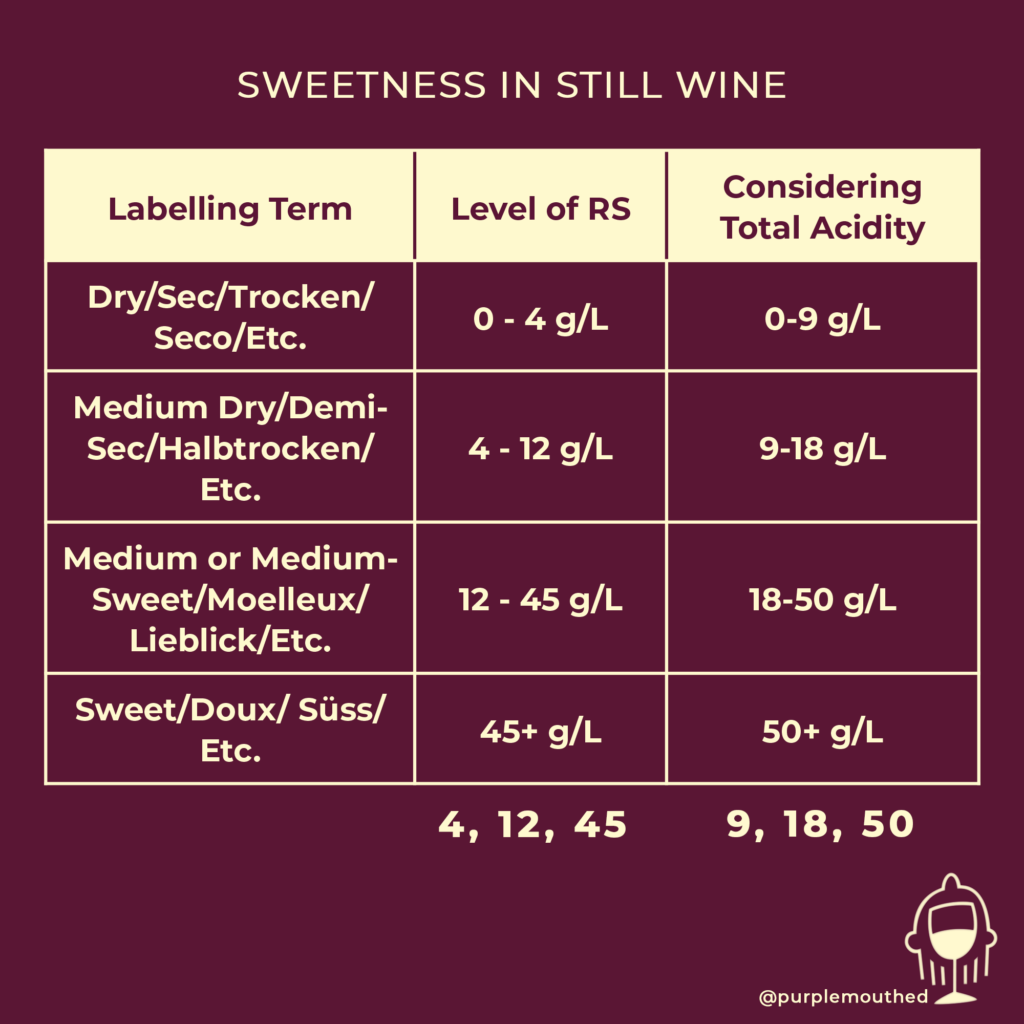
You’ll notice the numbers under each RS column. This is what works for me. Instead of memorizing the ranges, I think in three numbers.
Then comes sparkling wine with even more to memorize. And it’s head-spinning because a bottle labeled “Extra-Dry” is technically off-dry to medium-dry in SAT terms of perception. “Dry” is somewhere between medium-dry and medium-sweet, while a “Medium-Dry” label is nearing sweet.
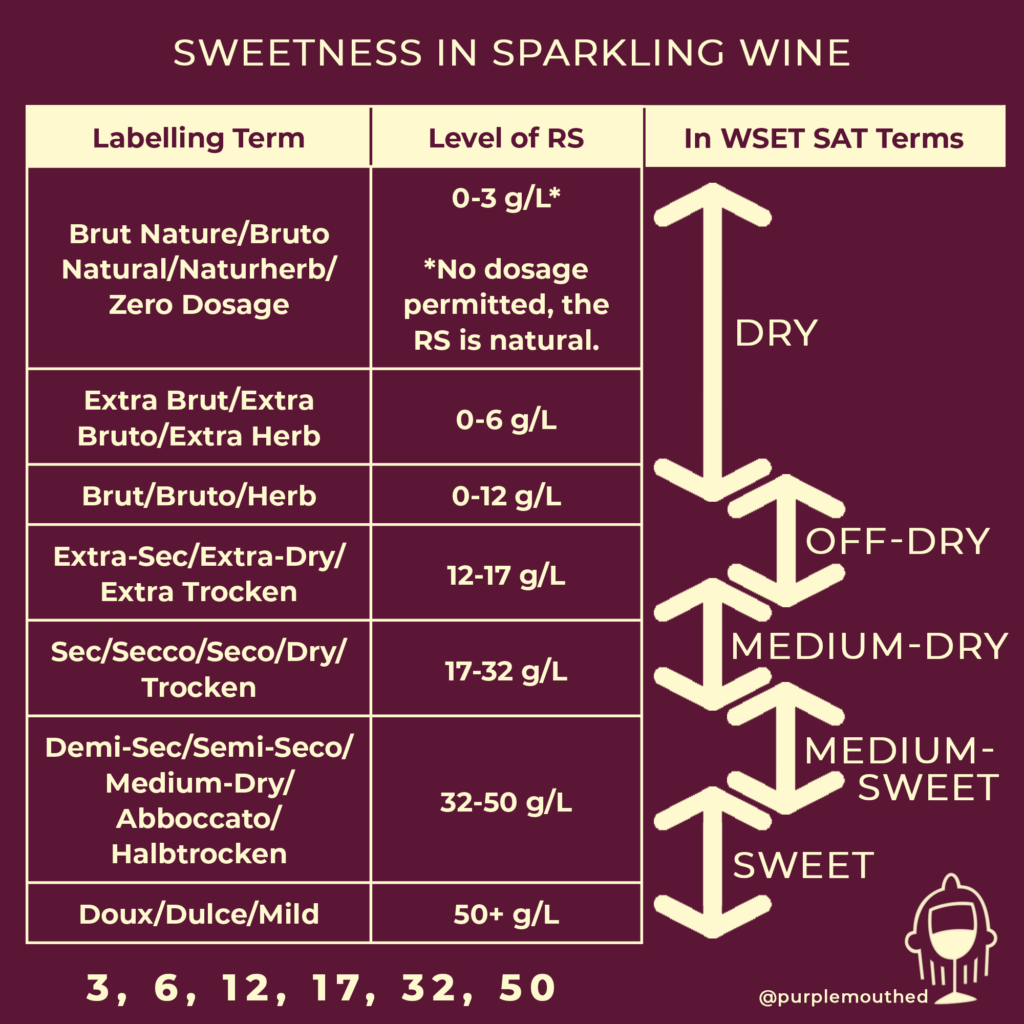
So if you can break the EU levels by memorizing 3, 6, 12, 17, 32 and 50+, perhaps the rest will
Oh, and then there’s the fun fact that the EU permits a difference of up to 3 g/L RS in each category. So technicallllly, a “Brut” can have up to 15 g/L RS…
Fellow wino Gregory Fage gave us a fantastic blind-tasting in study group the other day that covered each dosage up to a medium-sweet “Demi-Sec.” And then Mengyu from WhenWine came in for the sweet “Doux” bonus track to complete the chart.
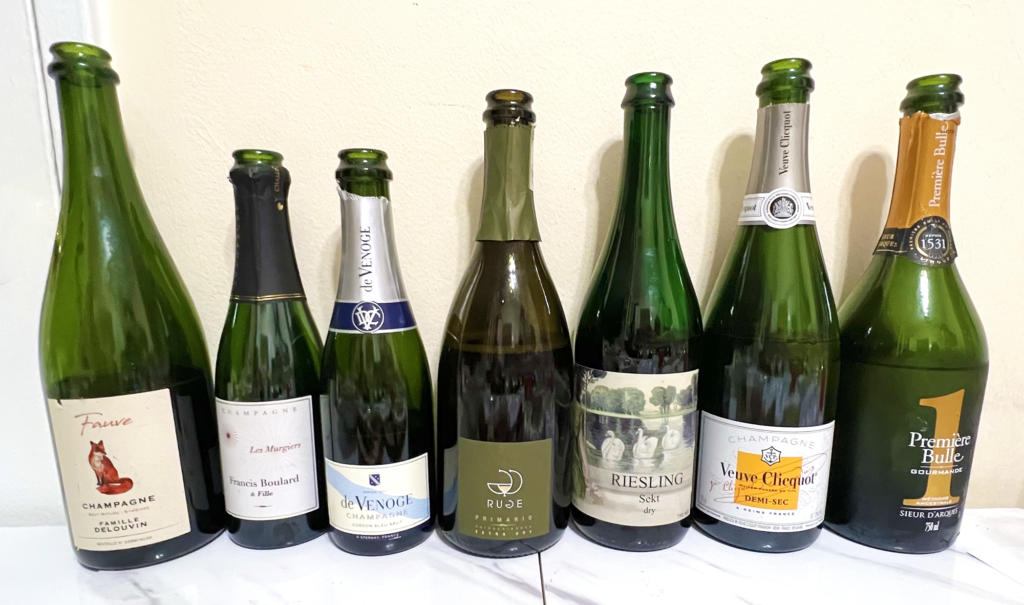
This is such an essential exercise if you’re in the WSET D4 class!!! I cannot stress enough the importance of a solid study group. More than a tasting group to cut costs, a study group’s members contribute knowledge and skill. Each comes to the table prepared, and we focus on what matters, not the minute details like color or fleshing out the entire gamma of aromatic characteristics. Plus sometimes you’ll lucky and one member will be a cute cat named Pinot Grigio.
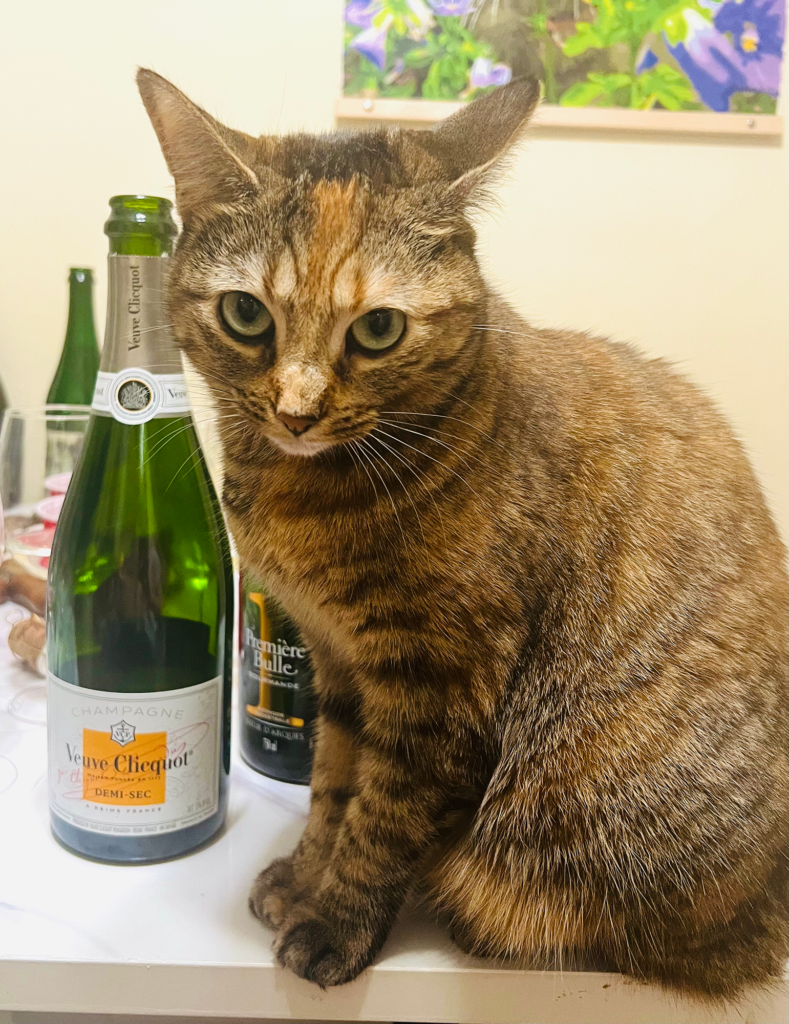
Stay tuned for my next post featuring notes on some of the lovelies from our dosage night lineup.
Cheers!
